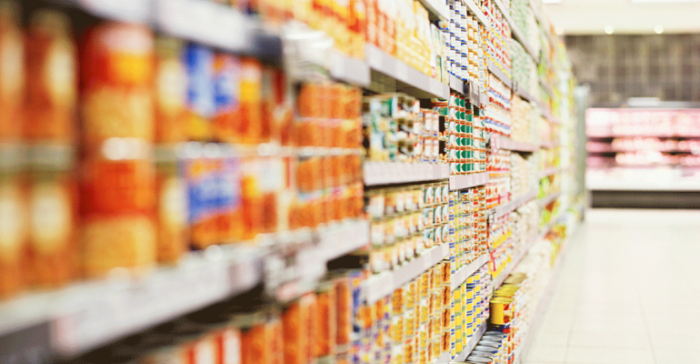It used to be that packaging alone could change consumer preferences around food and beverage purchases, but the equation has flipped.
Now, consumers drive changes in packaging.
Sean Riley | Jun 24, 2019 for Industry Week
Increased travel, busier lifestyles and improved information around health and nutrition have increased demand for indulgent yet healthy foods, convenience foods, single-serve options and sometimes, completely new foods. This push, in turn, creates a need for specific—and in some cases, specialized packaging equipment.
Tuna fish, for example, spent nearly a century in the traditional can before a move to stand-up pouches offered portability and customer convenience. That transition required a move from canning equipment to premade pouching and form/fill/seal pouching machinery. Recently, Chicken of the Sea added another new package to the portfolio with resealable and recyclable plastic tubs, complete with a fork in the lid. Aimed at on-the-go, healthy lifestyles, the Infusions’ line created a need for an entirely different type of packaging line built around filling and sealing polypropylene containers.
2. Shorter Changeovers Versatile equipment is so crucial, that for the first time many packagers of food and beverage now prioritize shorter changeover times over speed of throughput in machine-design selection. As much product as fast as possible is taking a backseat to as many different products as possible from the same piece of equipment.



